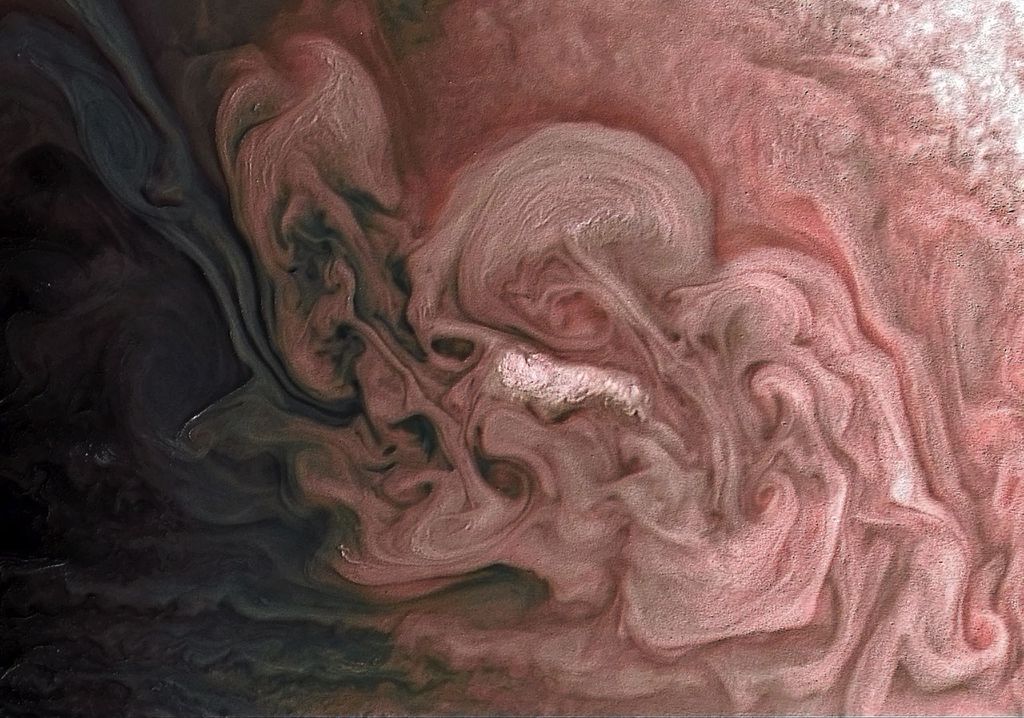Advancing NASA and U.S. aerospace with research, technology development, and engineering for future missions and capabilities.
Aerospace Propulsion
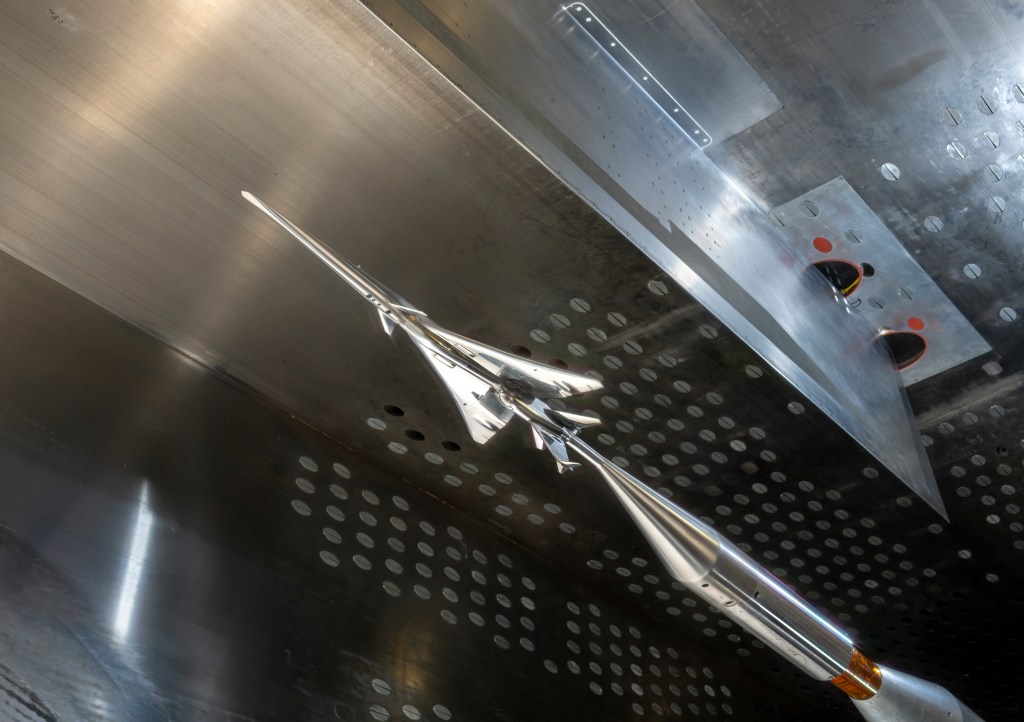
Inlets and Nozzles
NASA is advancing inlets and nozzles for aircraft engines and aerospace applications through research supporting commercial, military aircraft, and space propulsion systems.
Communications
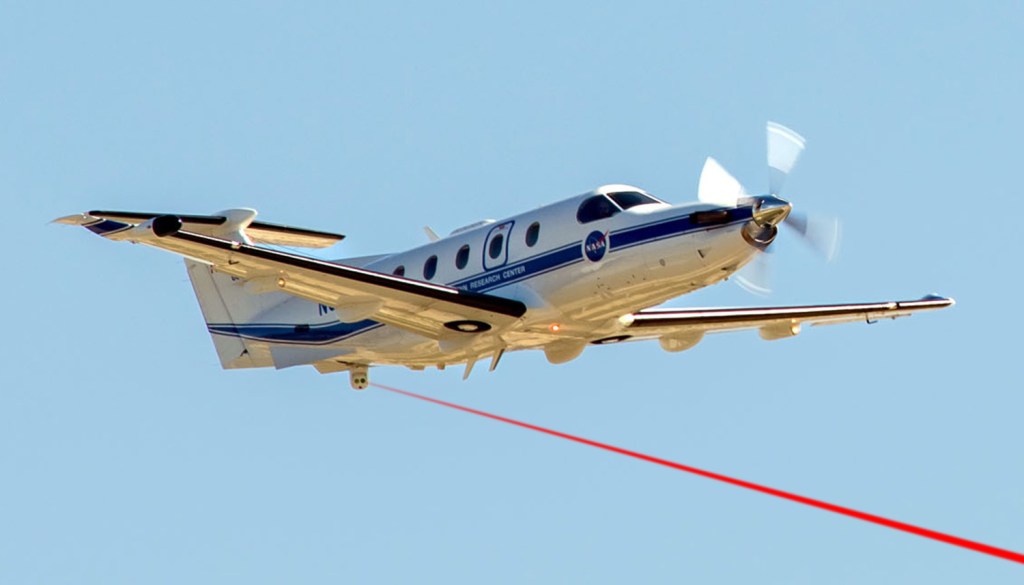
Airborne Laser Communication Testbed
NASA research platform enables high-speed, secure, jam-resistant data links, requiring line of sight, with over fifty hours of successful aircraft testing.
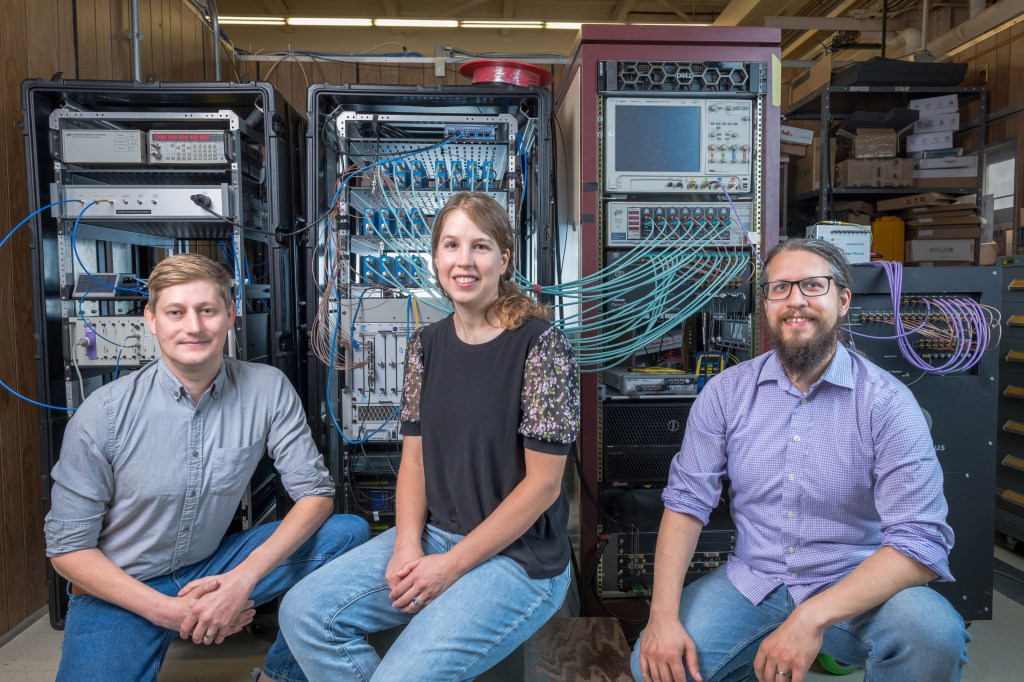
Optical Communications
NASA is upgrading optical communications for faster data transfer with lower mass and power, meeting the high-capacity needs of future space missions.
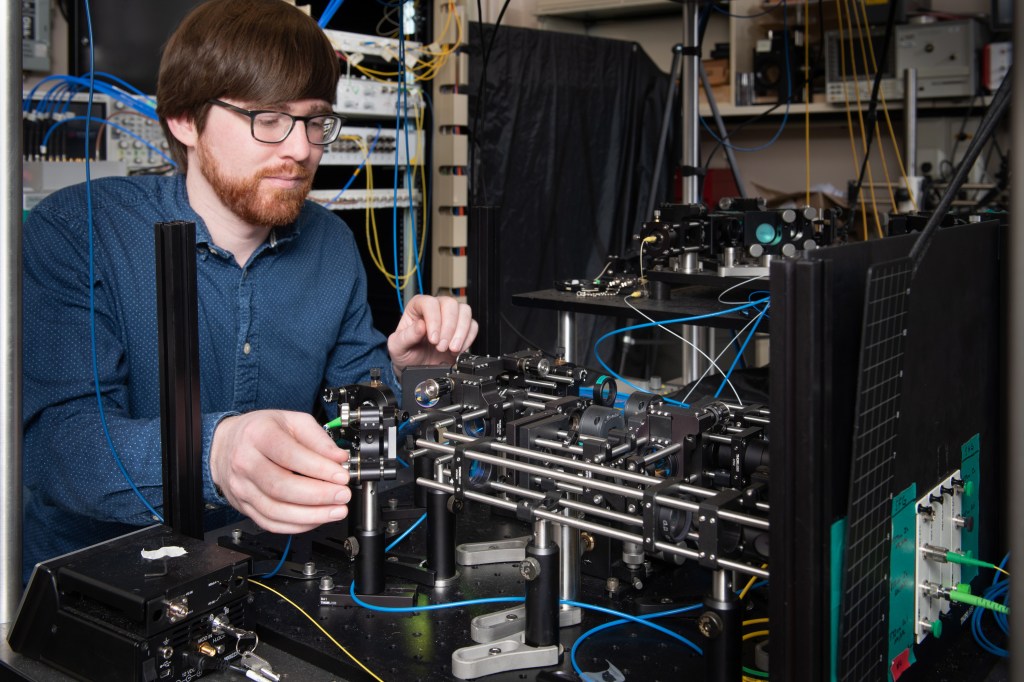
Quantum Information Systems for Networking and Sensing
NASA is developing quantum technologies for light-based communication and remote sensing, focusing on free-space transmission through space or Earth’s atmosphere.
Computer Modeling and Analysis
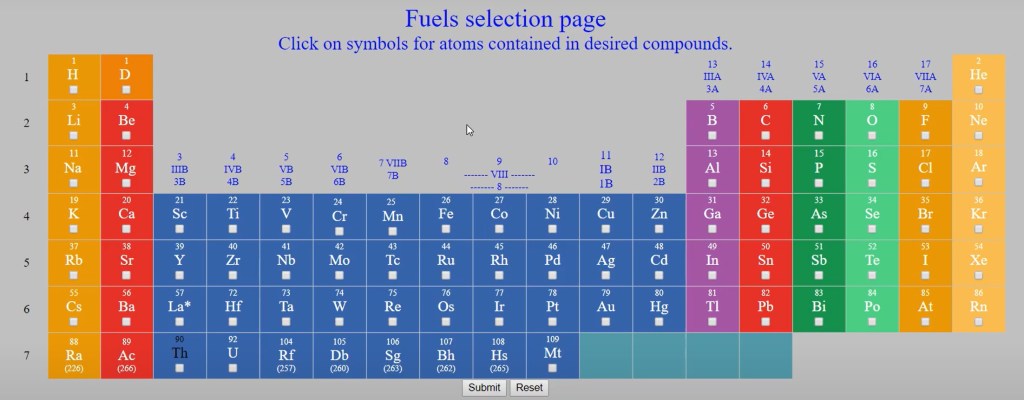
Chemical Equilibrium with Applications
NASA’s CEA program models chemical equilibrium and thermodynamic properties to support rocket performance, detonation, and shock wave analysis.
Optical Diagnostics
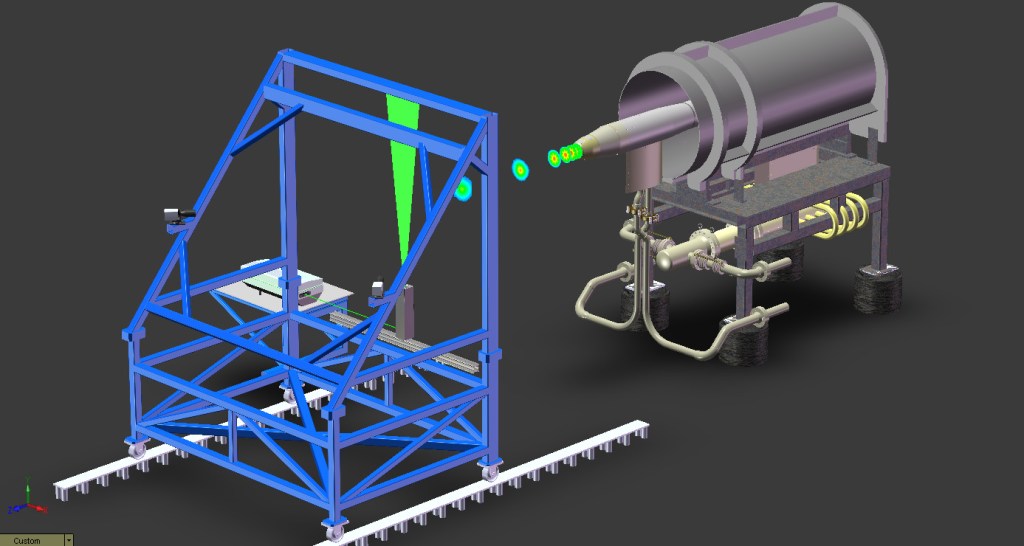
Flow Field Diagnostics
NASA is advancing Flow Field Diagnostics by developing and applying cutting-edge measurement techniques to study aerodynamic and propulsion systems.
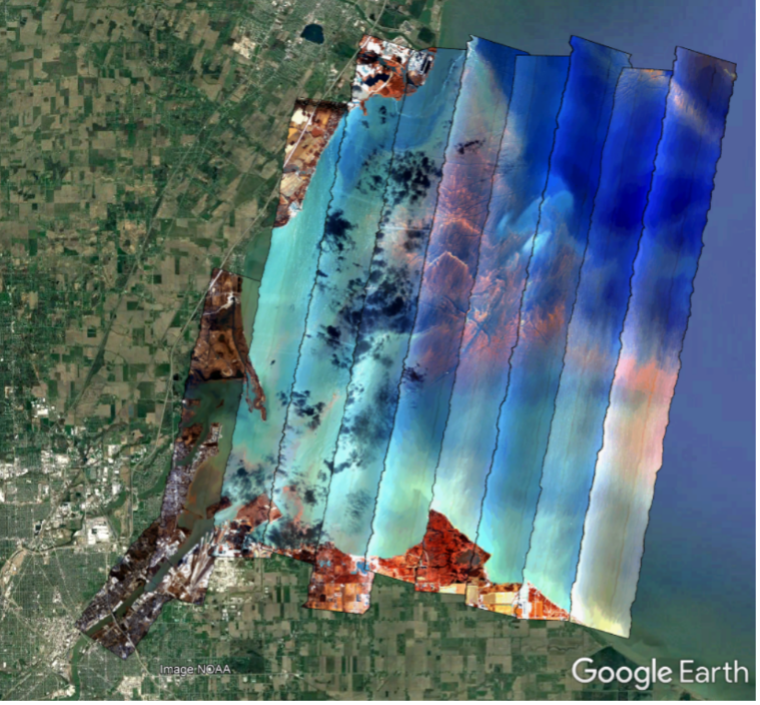
Hyperspectral Imaging
NASA’s hyperspectral imaging aids the monitoring of Lake Erie and nearby harmful algal blooms (HAB), improving bloom tracking, early detection, and response.
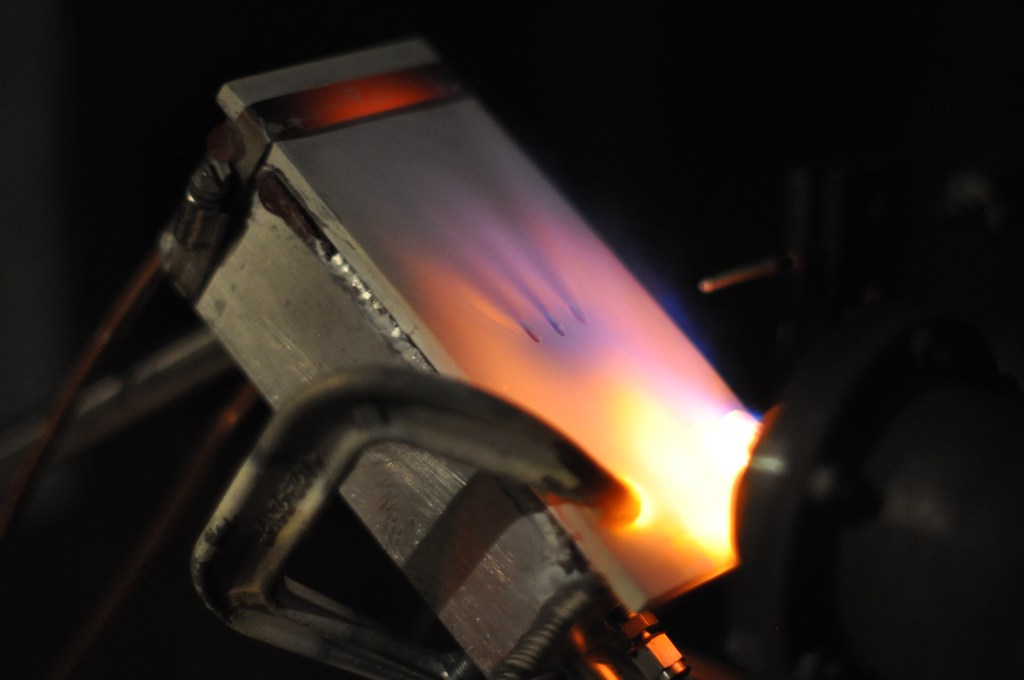
Phosphor Thermometry and Health Monitoring
NASA is developing luminescence-based diagnostics for non-contact monitoring of turbine coatings, ensuring performance, durability, and safety at high temperatures.
Materials and Structures for Extreme Environments
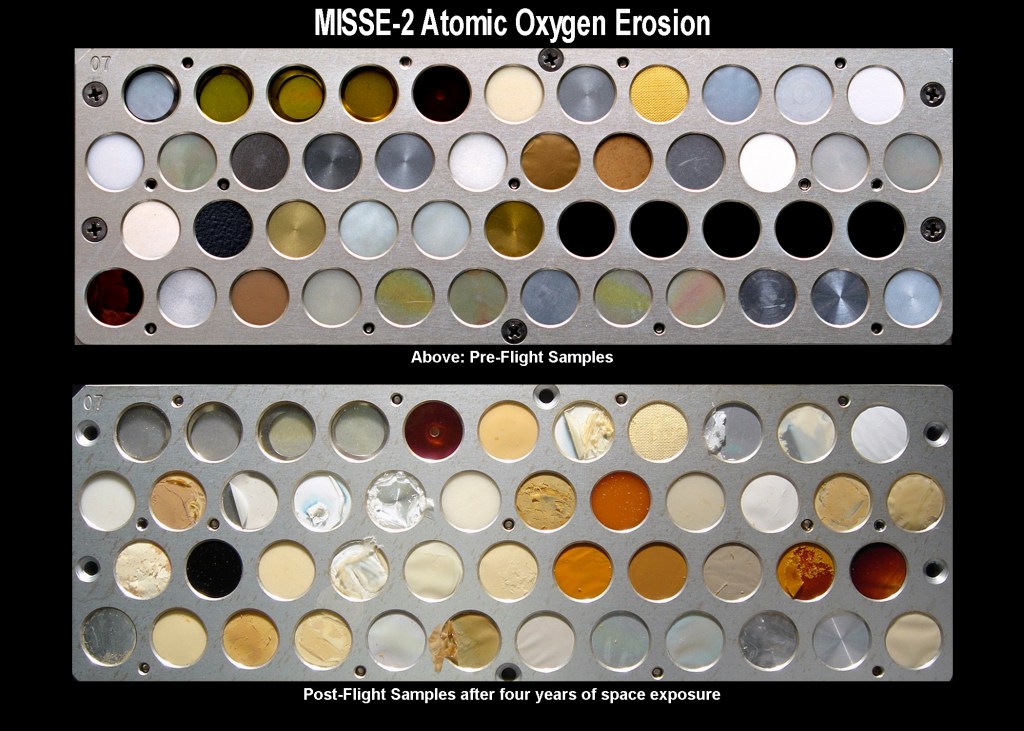
Environmental Effects and Coatings
NASA researches aerospace materials for durability in extreme environments and provides testing services for external partners.
Power
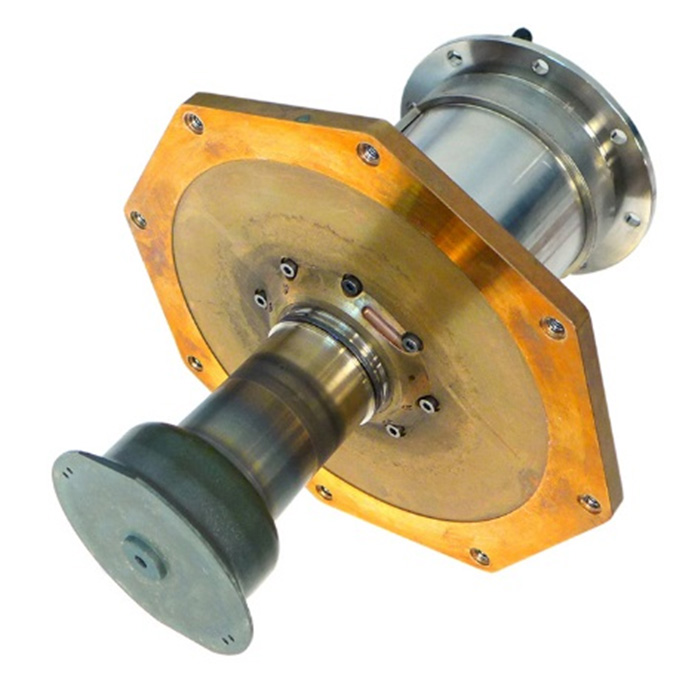
Dynamic Thermal Energy Conversion
NASA advances Stirling power systems to deliver efficient, long-life energy for deep-space and planetary missions, expanding science and exploration impact.
Sensors and Electronics
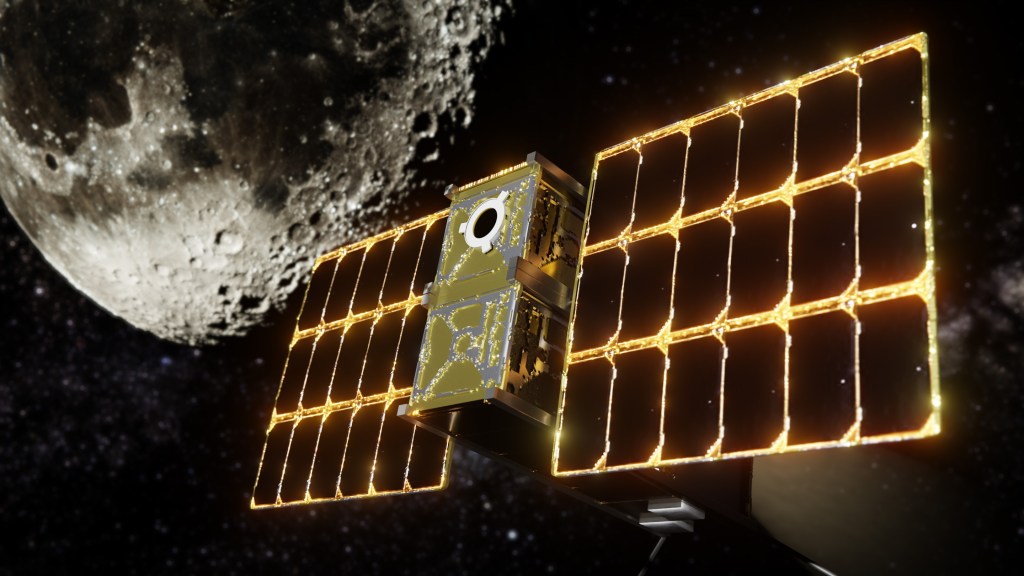
Advanced Space Radiation Detectors
NASA is developing low-noise, robust, compact radiation detectors to provide improved data on space radiation.

Chemical Sensors
NASA is developing chemical species sensors for aerospace applications including leak detection and emission, safety, human health, and environmental monitoring.
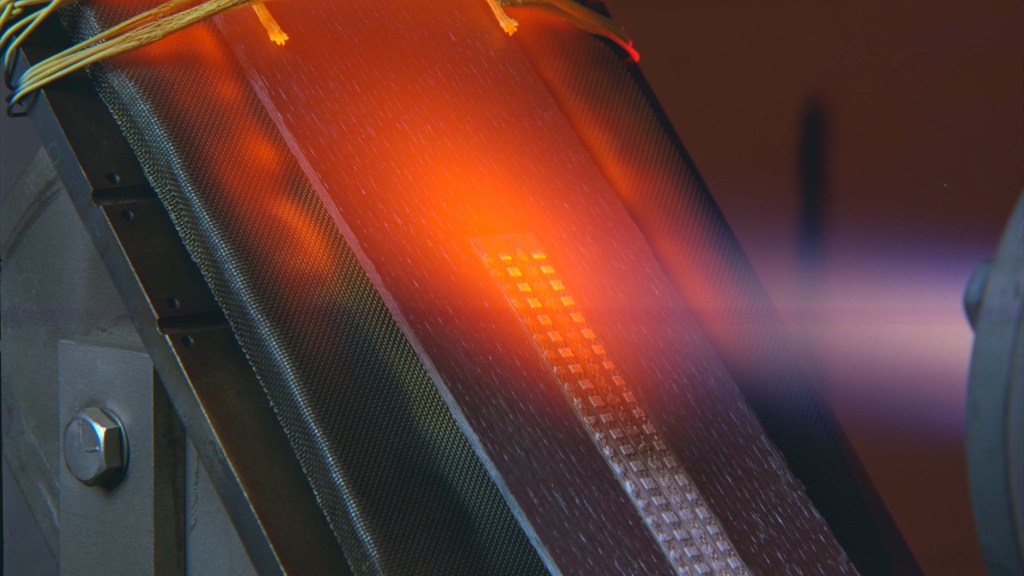
Physical Sensors
NASA is developing innovative harsh environment physical sensing and instrumentation technologies to advance next-generation space exploration, science, and aeronautics research.
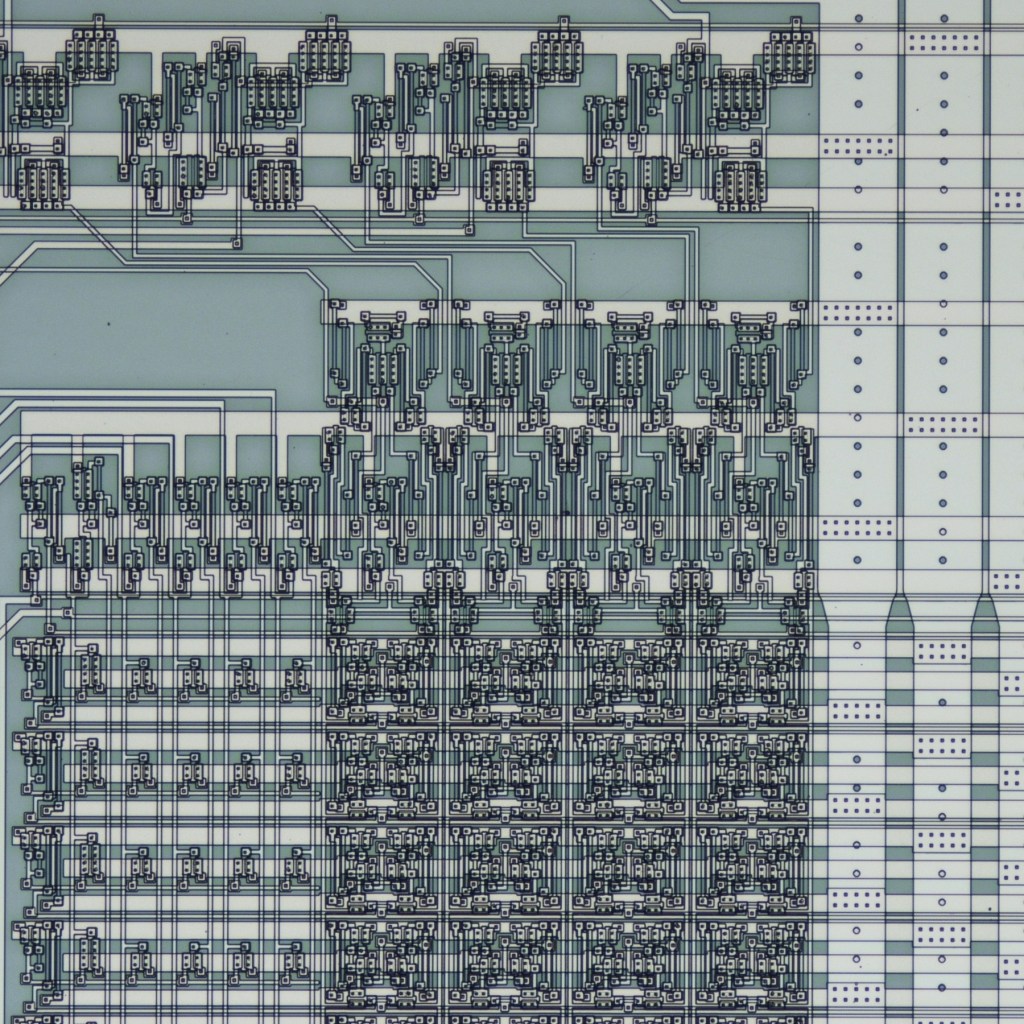
Silicon Carbide Electronics and Sensors
NASA is developing silicon carbide technology to enable smart electronics in extreme conditions, boosting performance in aerospace, power, auto, and energy sectors.














